Telomeres...
Several health and medical experts have told us to avoid chronic stress, maintain a healthy diet, be in loving relationships and friendships, avoid sedentary lifestyle (or perform physical exercise). They say that if we do these things, we can enjoy a healthier and longer life as these activities delay the effects of ageing and the diseases associated with it. Many of these experts did not say exactly how these things work.
It was Elizabeth Blackburn, an Australian-American Nobel laureate and president of Salk Institute for biological studies who discovered that these lifestyles and their effects begin at cellular level. According to her, it is the length of the telomeres found at the tip of the chromosomes in the body cell that determines our health span
The Cell: A Brief Review
The cell is the basic biological, functional and structural unit of living organism.
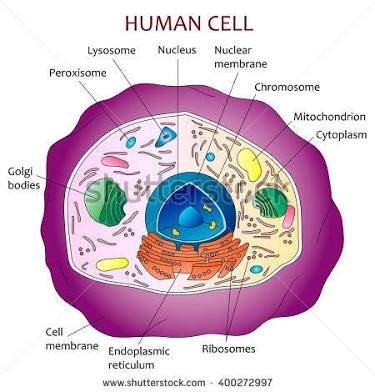
Source: structure of a human cell
The Cell Theory by Matthias Jacob Schleiden and Theodore Schwann states that:
All organisms are composed of one or more cells, that cells are the fundamental unit of structure and function in all living organisms, that all cells come from preexisting cells, and that all cells contain the hereditary information necessary for regulating cell functions and for transmitting information to the next generation of cells.[5]
The hereditary materials are contained in biopolymers or biomolecules called nucleic acids. Nucleic acids are made up of three components:
- a 5-Carbon sugar;
- a phosphate group and;
- a nitrogenous base
These three combine to form nucleotides (a monomer that combines to form the nucleic acids)
If the sugar is a simple ribose, the resulting hereditary material is Ribonucleic Acid (RNA) but if the sugar is a deoxyribose, we have Deoxyribonucleic Acid (DNA). A molecule of the DNA which contains part or complete genetic material (genome) of a living organism is called a Chromosome.
.jpg)
source: A chromosome showing the two chromatic, the telomere tips and the parts containing the DNA
As mentioned earlier, the chromosome is a molecule that contains the DNA found in the nucleus of a cell. The human body has 23 pairs of chromosomes, twenty-two of which are numbered chromosomes and a pair of X and Y sex chromosomes. At reproduction, each parent contributes one of these each such that the offspring would get half of its chromosomes from the mother and the other half from the father.
We have covered the basics. Excellent.
A Lesson from Pond Scum
Human beings evolved from a single cell and ever since the cells gave been dividing and replicating to give us the billions of cells that are constantly dividing to keep our lives as we know it. As these divisions occur, all the genetic materials (genome), which are contained in the DNA in the chromosomes and are responsible for transmitting genetic instructions to the cell, are copied to form the new cells.
Unfortunately, as this replication occurs, the ends of the chromosomes (called the telomeres) which protects the chromosomes, shortens over time. At a point, the DNA senses the fraying of the telomeres and sends a signal to the cell: Danger - Time to Die and the cell dies.
However, life still exists on earth and this led Elizabeth Blackburn and her team on a search that ended in discovering Telomerase an enzyme that was responsible for elongation of the telomeres in Tetrahymena commonly known as pond scum.
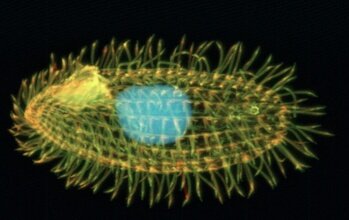
SourceTetrahymena thermophila
It turned out that the telomeres of pond scum did not shorten with time and in fact, some of them were elongated with time due the the abundance of this telomerase.
Great news for humans. We can just find a way to produce this telomerase and give everyone a small bottle of the stuff and we can all live forever, right? Wrong! It turns out that telomerase could cause diseases such as certain kinds of cancer. But we do have telomerase too so we have to make do with the one we have. So how does this discovery help us?
Telomeres and Ageing
As we get older, our telomeres go through this attrition resulting repeated replication of cells. Remarkably, this causes signs of ageing as our skin cells die and five-mile wrinkles are formed, our hair follicle cells die and we loose our hair, hair pigment cells die and we go grey. Our immune cells die leaving us vulnerable to diseases such as cancer, heart diseases, and Alzheimer all of which we die from.
But since we should not stop this attrition of telomeres with telomerase, what options are open to us?
Researchers studied a group of women caregivers who take care of challenged children having conditions like autism. These women were under tremendous amounts of stress over an extended periods of time. The researchers found that their telomeres were invariably short and they look physically worn out. "The longer they have been under this stressful conditions, the shorter their telomeres," says researcher, Elizabeth Blackburn.
However, they also discovered a few women who have been under stressful conditions but this did not seem to affect their length of telomeres. It turned out that these women found a way to deal with the situations such that their perceived it as a challenge and not as stress.
Therefore, even right down to our cells, it is the way we perceive our conditions, physical environment that determines the effects it has on our bodies, not the actual physical condition. It was also discovered that women in abusive relationships had shorter telomeres. The longer they have been in such relationships, the shorter their telomeres. People in happy relationships had longer telomeres. Incidentally, the length of telomeres are not constant: it could be long now and become short in two years depending on the living conditions.
In Conclusion...
Our attitudes matter. Negative attitude would make you see challenging situations as stress, your blood vessels would constrict, blood pressure would go up, the stress hormone cortisol would be pumped into the blood and you would experience stress, shortening your telomeres. A positive attitude would result to viewing the situation as a challenge which would enable your telomeres to do just fine.
Long-term marriages, lifelong friendships, living in closely-knit community, exercise, good diet, meditation and maintaining a positive attitude may not help you live forever like the pond scum. But it will help you extend your health span: the time of your life when you feel healthy, strong and active as opposed to disease span, the period of life you spend suffering from diseases, ageing fast and dying.
So take care of your telomeres so they can take care of you.
Thank you for reading.
With love and gratitude,
Your boy Kels,
@churchboy

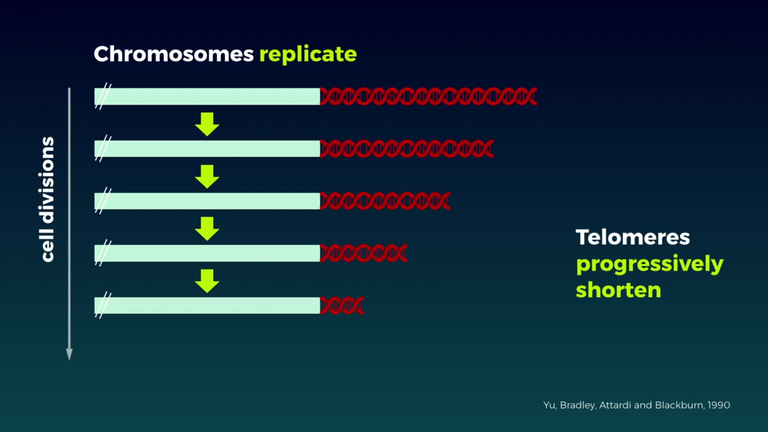

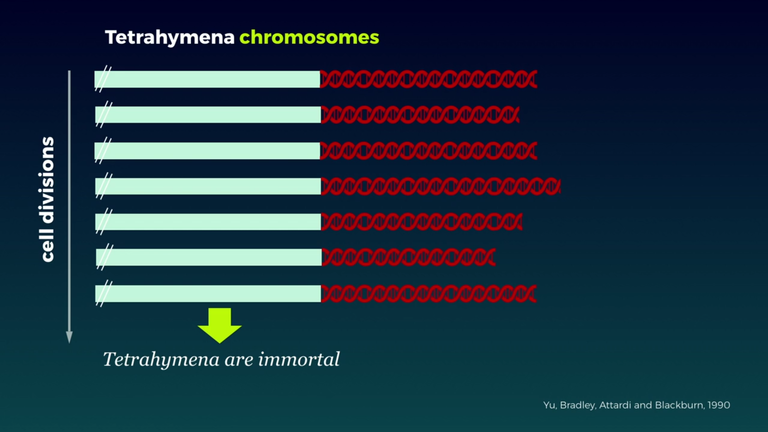
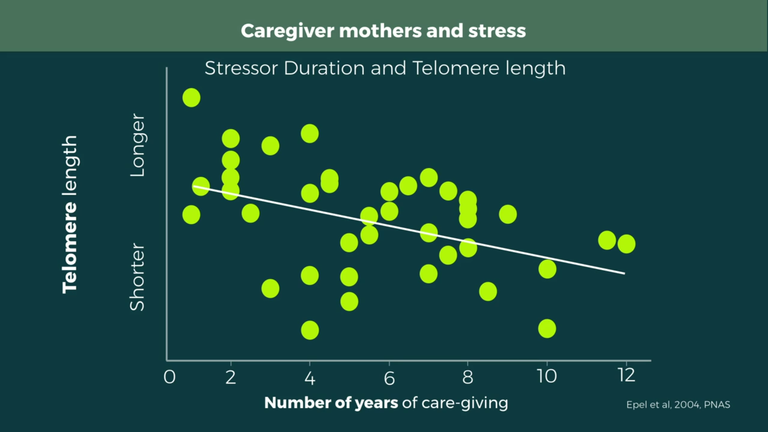
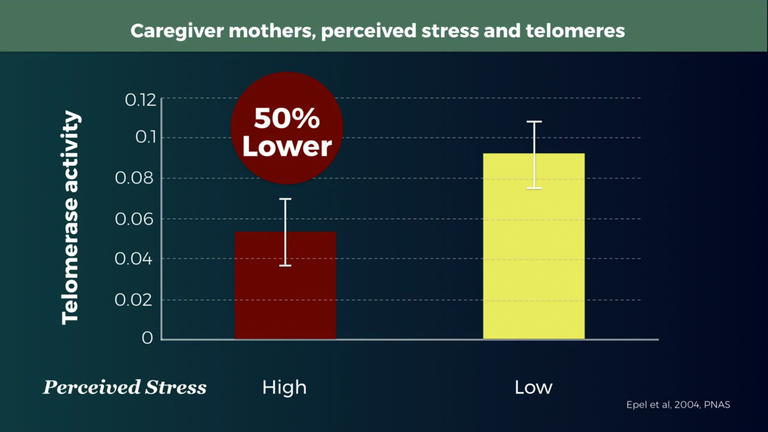
I wish to express my sincere gratitude to owner of this post. I never knew all dis previously. Hopong for d best as I apply dis knwoledge.
Thanks a lot. I am glad I was able to help
As usual, you did not disappoint. I've learned a lot here plus I am reminded of basic biology. Well done. Resteemed.
Thank you for reading and for the resteem. You're awesome.